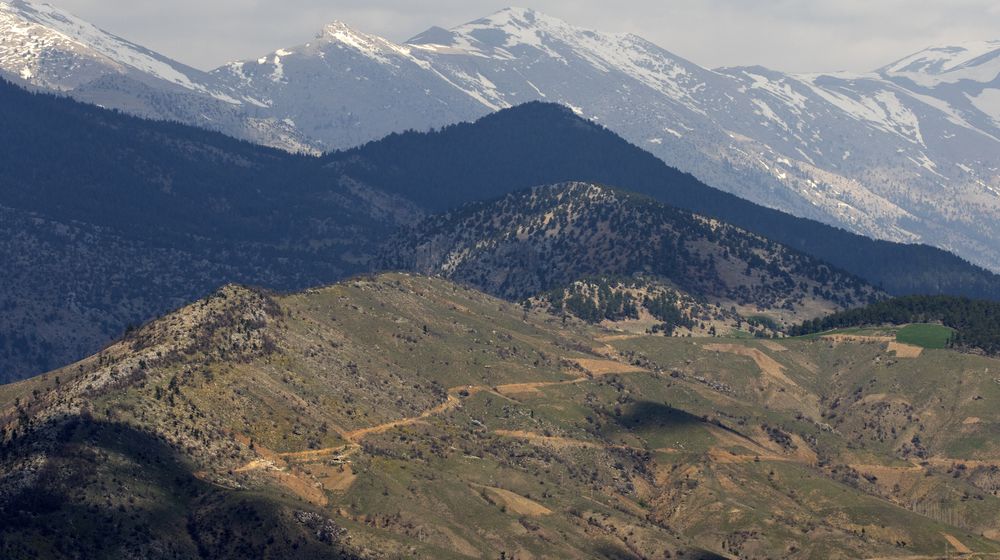
We all know the answer to the question, ‘How many continents are there in the world?’, don’t we? What if I say we were all wrong.
You’d be thinking about Atlantis. Well, the researchers have discovered a Greenland-sized lost continent under Europe, which they have named as Greater Adria. The continent reportedly got buried under Southern Europe 140 million years ago after it broke from Northern Africa.
Douwe van Hinsbergen, the author of the study which has been published in Gondwana Research, discovered the continent while studying the tectonic evolution of the Mediterranean region’s geology.
Most mountain chains that we investigated originated from a single continent that separated from North Africa more than 200 million years ago. The only remaining part of this continent is a strip that runs from Turin via the Adriatic Sea to the heel of the boot that forms Italy.
The geology of the Mediterranean region is “quite simply a geological mess” where “everything is curved, broken and stacked”, says van Hinsbergen.
Reconstructing the evolution of the Mediterranean region using plate tectonic reconstruction software, the researchers peeled back layers to understand how continents looked millions of years ago. The research revealed that Great Adria started to become a separate plate about 240 million years ago, and after 40 million years it got separated from North Africa. After another 60 million years, the continent submerged underwater where now Southern Europe exists.
The scraped rocks from Greater Adria are now parts of the mountains in areas such as the Alps, the Apennines, the Balkans, Greece, and Turkey.
From this mapping emerged the picture of Greater Adria, and several smaller continental blocks too, which now form parts of Romania, North Turkey or Armenia, for example.
The deformed remnants of the lost continent can still be seen in the mountain ranges located in the region under which the continent subdued into the mantle. van Hinsbergen added that we can still trace the 100 km thick continental plate under Southern Europe up to a depth of 1500 km using seismic waves.